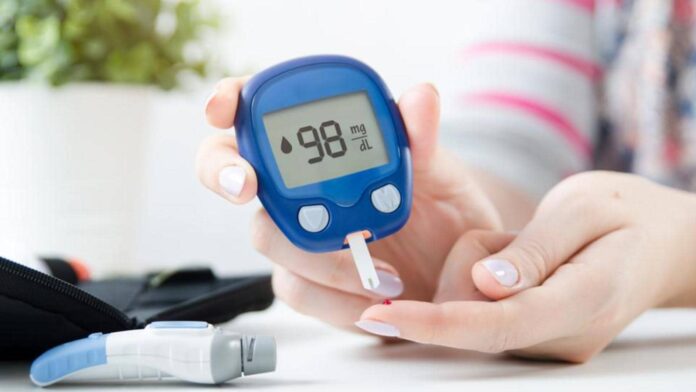As indicated by gauges by the International Diabetes Federation, almost 101 million will be impacted by diabetes in India by 2030.
The commonness of diabetes in metropolitan urban communities like Delhi, Mumbai, Kolkata, Bangalore, Chennai, and Hyderabad goes from 8-18% which is high when contrasted with provincial regions.
In most cases, studies show that the predominance of diabetes in rural regions is more and in certain spaces, it’s more than in metropolitan regions. Likewise, a critical extent of India’s populace (70%) lives in country regions where screening is only here and there completed.
On account of the progression of innovation and the origin of telemedicine, there is a developing chance to further develop diabetes care in asset-restricted provincial spaces of the country.
Utilizing a blend of inventive instruments, for example, telemedicine as well as utilizing locally accessible ability and staff, a huge effect can be made in enormous networks as far as mass evaluating for diabetes, expanded familiarity with diabetes, anticipation at different levels, further developed HbA1c levels, and arrangement of medical care for different inconveniences of diabetes.
The hole in giving diabetes care in country regions can be filled by the utilization of telemedicine. Telemedicine is a device that utilizes media transmission to help medical care in remote zones, and its main role is to work with collaboration between the patient and the medical services supplier to accomplish further developed therapy and lower therapy costs.
Just those patients with further developed diabetic conditions requiring tertiary-level treatment should be brought to the expert emergency clinics in urban areas for additional administration of the illness.
How telemedicine can be valuable?
Legitimate and predictable observing: With the assistance of telemedicine, specialists can get a 24-hour profile of the patient that permits superior comprehension of the condition to treat it appropriately.
Better understanding commitment: Patients in rural regions can get expert clinical help from their homes which eliminates the area’s boundaries of treatment as well as prompts better tolerant commitment.
Help for a way of life adjustments: Lifestyle changes are a basic part of diabetes care which incorporates diabetes self-administration instruction (DSME), sustenance treatment, diabetes self-administration support (DSMS), smoking suspension, actual work, guiding, and psychosocial care.
Diabetes self-administration schooling and backing programs have the essential components in their educational plan to forestall or defer the improvement of type 2 diabetes.
Telemedicine intercession techniques give a chance to resolve this issue by routinely circling back to patients at home and assisting them with embracing taking care of themselves practices or way of life adjustments.
Telemedicine can assist with getting a component of customized care in the counteraction and the board of diabetes. Patients are presently being engaged to deal with their wellbeing and specialists can give an opportune and designated mediation through telemedicine.
These advances save time and cost on the grounds that significant information can be gathered from a distance and virtual administration of medical issues like diabetes can supplant routine visits to a facility.
Follow and connect with us on Facebook, LinkedIn & Twitter

